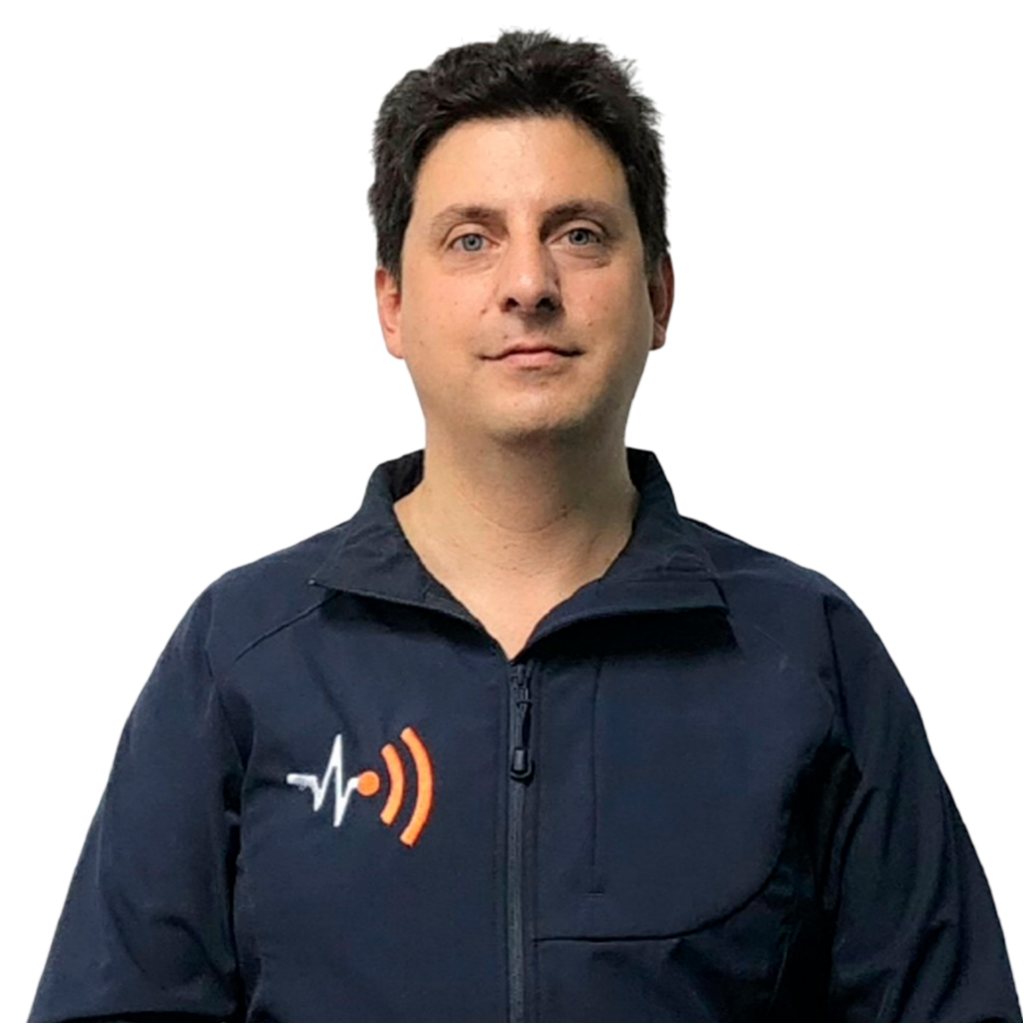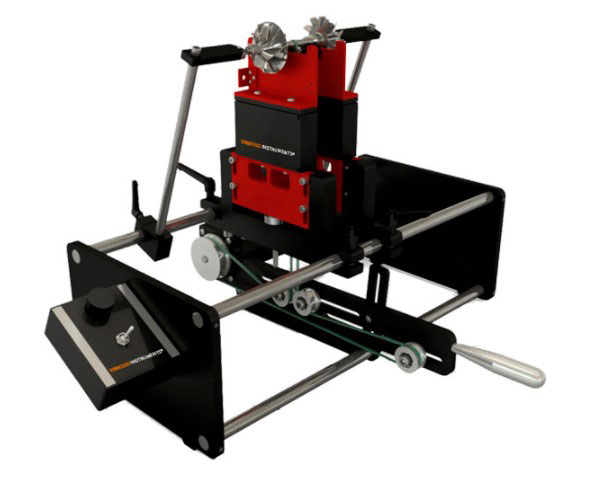How to Balance a Turbo | The importance of balancing a Turbo
The importance of Balancing a Turbo: Machinery Vibration.
Internal combustion engines use turbochargers as a way to boost output power. Some turbocharger impellers can reach speeds of up to 300,000 rpm.
Umbalance at high speed generates vibrations that not only reduce the engine performance, but may eventually cause permanent damage to the entire system. Needless to say, turbo balancing machines are important in maintenance activities in order for turbocharger systems to work in optimal conditions and avoid machinery vibration.
Umbalance causes in turbocharger systems: types of balancing
Every rotor needs a proper weight distribution across the rotating axis to prevent imbalance. Turbocharger assemblies are meant to increase power in internal combustion engines by injecting huge loads of air into the combustion chamber. A turbine that spins due to exhaust gases spins a compressor attached to the other end of the shaft, in order to increase air intake.
Turbo balancing machines are commonly used in the turbocharger manufacturing process, however, some residual imbalance is left in almost every installed turbo. On the other hand, overspeeding the turbo may prematurely wear down its components, causing an imbalance in the shaft. You may need to consider a shaft alignment tool,but a consequence of that procedure is vibration acceleration.
Another common cause is damage caused by an object hitting the turbo at high speed. Small pieces of plastic or ceramic may detach from a hose or from any other engine component, becoming dangerous projectiles for the compressor and the turbine impeller.
Umbalance effects in turbocharger systems: machinery vibration
Vibration acceleration is the main issue when dealing with unbalanced turbochargers. Vibration absorbs great portion of the energy produced by the turbo, this energy is wasted because it does not contribute to the overall performance of the engine. Instead, vibration becomes the main source of premature failure in an engine.
Induced vibrations acceleration may harm many components during work operation, such as bearings, bolts, and belt. For example, bolts may become loose causing even more vibration.
The aftermath of unbalanced turbos is an overall decrease in engine performance, that may not be evident or significant, but at the end could be the main reason for potential major failure.
For more information about our solution click here, with vibration sensors you can react and correct issues.
What do I need in order to balance a turbo tool?
Light and sensitive equipment is important when performing a turbo balancing. Inadequate equipment (too heavy or rigid) could generate wrong measurements that will affect the outcome of the balancing process. A good setup that takes into consideration different configurations is ideal when the time for balancing comes to correct machinery vibration.
Turbos come in different shapes and sizes, so a versatile turbo balancing device is preferred, rather than a shaft-specific one. A good choice is the EI-30 from Erbessd Instruments®. This general-purpose balancing device offers a Soft Bearing Suspension system to comply with high quality standards. This machine comes with a DC engine with variable speed control and adjustable pulley position, among other great features.
You can visit our Youtube channel to watch a complete turbo balancing and how our software, the DigivibeMX, assists you by performing calculations needed in order to remove or add mass to the impeller.
We are eager to hear about your reviews and opinions of our products. To know more about the different dynamic balancing machines and how to perform a proper balancing, please contact our experts!
Xavier Erbessd, is an Electronics Engineer and graduate of Universidad Autónoma Metropolitana. He is passionate about extreme sports and is currently serves a member of the Board of Directors, Chief Balancing Engineer, and as a key member of the Sales-Training & Tech Support Team at ERBESSD INSTRUMENTS®
ERBESSD INSTRUMENTS® is a leading manufacturer of Vibration Analysis Equipment, Dynamic Balancing Machines, and Condition Monitoring equipment with facilities in the USA, England, and India.









